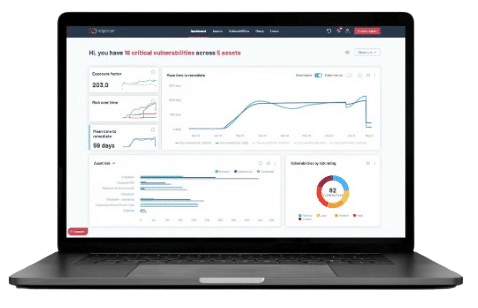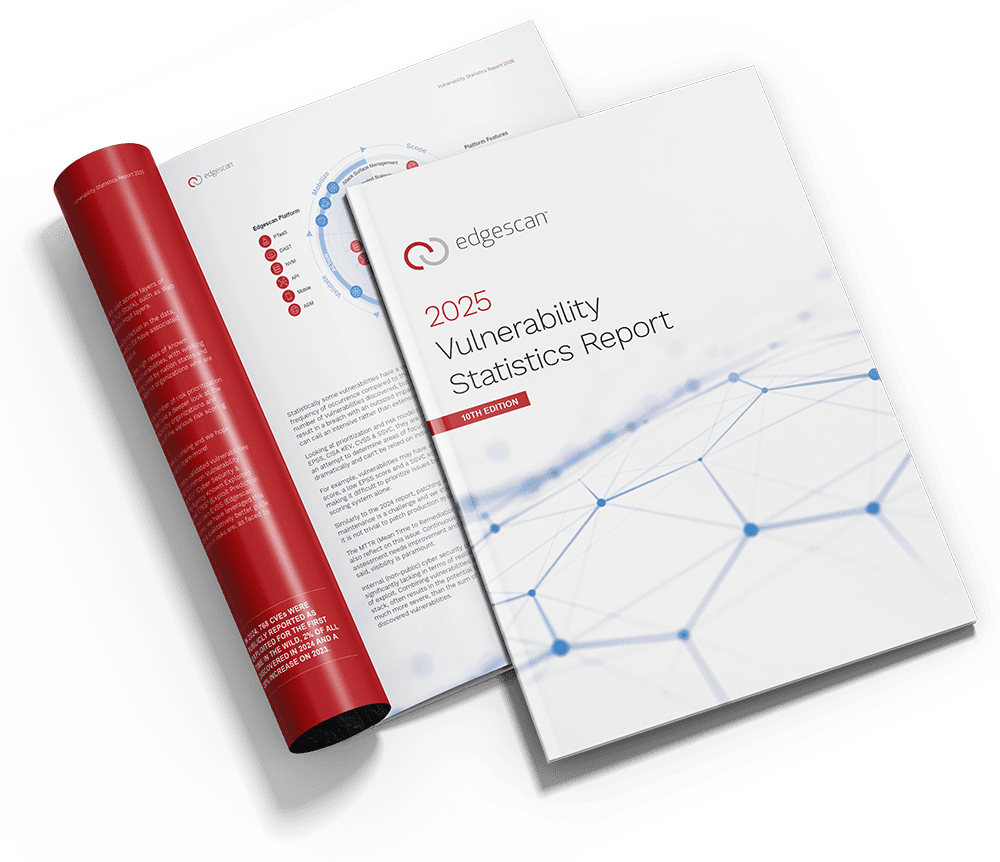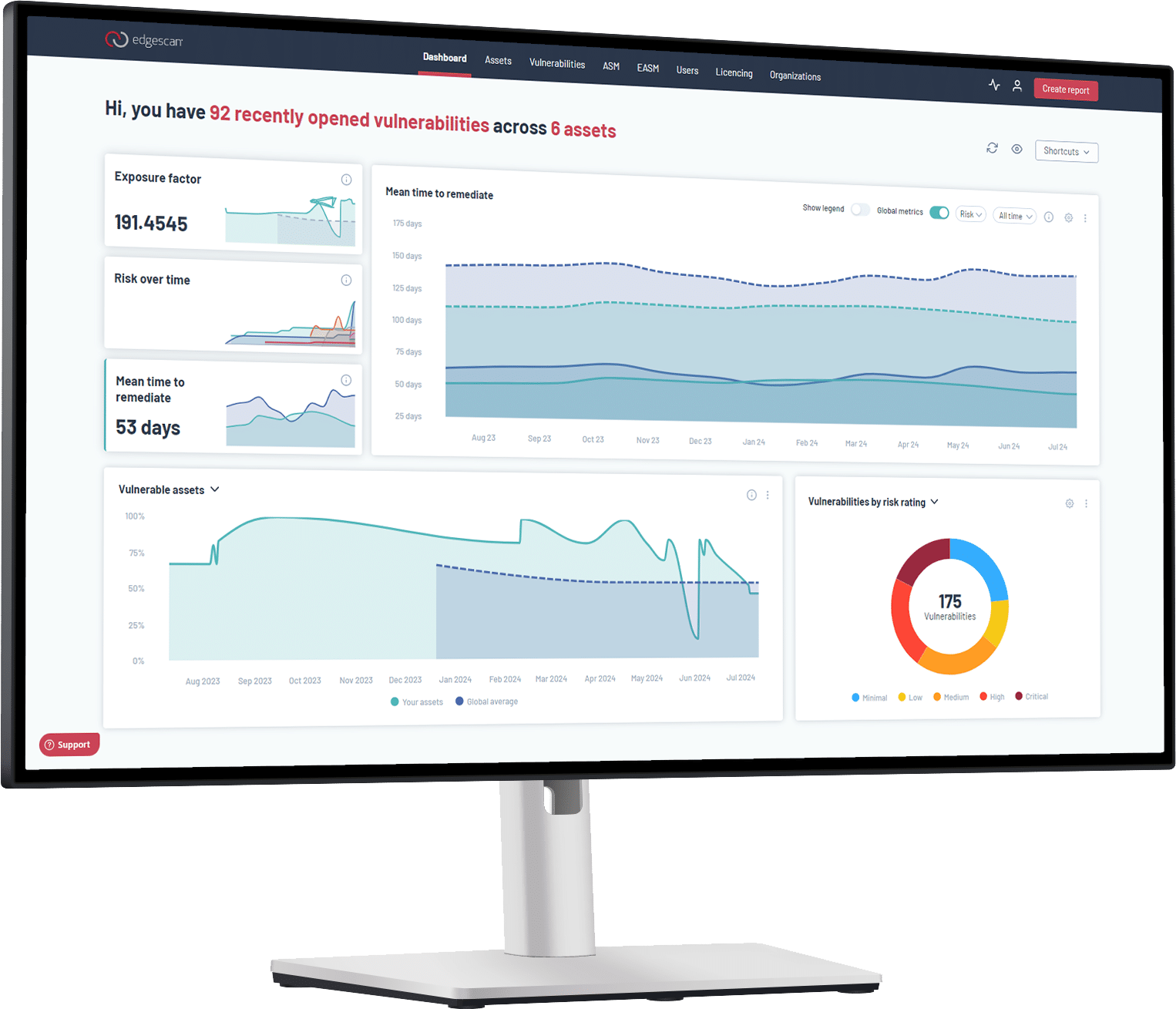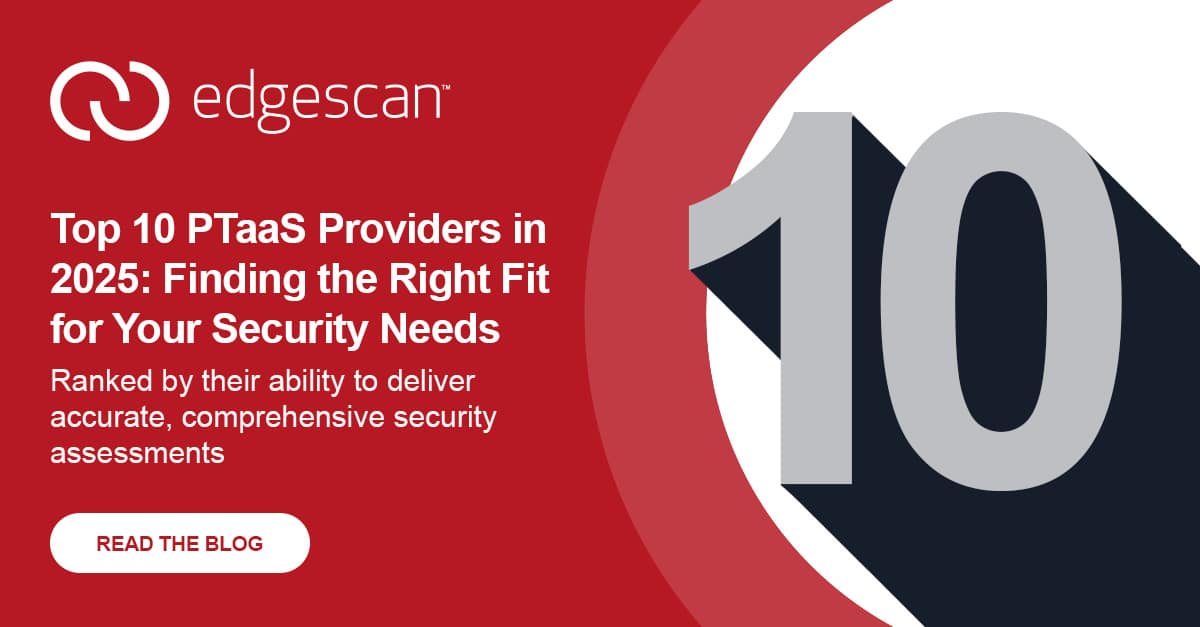Enterprises deploy code weekly. Some push changes daily. But traditional penetration testing still operates on quarterly schedules, creating dangerous security gaps and development delays.
The numbers tell the story. According to Edgescan’s 2025 Vulnerability Statistics Report, organizations take an average of 74.3 days to remediate application vulnerabilities. Meanwhile, 14.8% of application and API vulnerabilities are critical or high severity – and these require immediate attention, not quarterly assessment.
The old model is broken. Schedule a test, wait for availability, discover the same technical flaws repeatedly, rush through business logic assessment, then wait weeks for a report. Meanwhile, new code ships with unknown vulnerabilities.
Modern development demands modern security testing that keeps pace with agile cycles without sacrificing depth or accuracy.
The Penetration Testing Logjam
Traditional pen testing creates bottlenecks that slow innovation, and the data proves the impact:
Limited Expert Availability: Security experts spend time rediscovering common technical vulnerabilities instead of focusing on complex threats. The 2025 report shows SQL injection still accounts for 28.28% of all critical and high severity application vulnerabilities – easily discoverable flaws that consume expert time.
Point-in-Time Assessment: Testing happens once per quarter or release cycle, leaving long periods without security validation. With application vulnerability remediation averaging 74.3 days, quarterly testing means critical issues can persist for months.
Rushed Business Logic Testing: Time constraints force testers to focus on easily discoverable flaws rather than sophisticated attack scenarios. The report reveals that 20% of critical vulnerabilities found through PTaaS are “unauthenticated access to sensitive resources” – complex issues that automation misses.
Delayed Reporting: Lengthy report generation delays remediation while new vulnerabilities accumulate. Given that larger enterprises leave 45.4% of vulnerabilities unresolved within 12 months, every delay compounds the backlog.
This reactive approach fails enterprises that need continuous security validation alongside rapid development cycles.
Edgescan’s Frontloaded PTaaS Solution
Edgescan transforms penetration testing by frontloading the process with continuous, validated Dynamic Application Security Testing (DAST). This approach filters routine vulnerabilities before human experts engage.
Continuous Validated Scanning: Intelligent DAST scanners continuously probe applications for common technical vulnerabilities. Security analysts validate each finding, ensuring high accuracy and eliminating false positives.
Automated Routine Discovery: Automation handles detection of well-known vulnerabilities like SQL injection, cross-site scripting, and misconfigurations. This frees human testers from repetitive tasks.
Expert Focus on Complex Threats: With technical noise filtered out, security experts dive directly into sophisticated assessments – privilege escalation, workflow bypasses, authorization flaws, and business logic vulnerabilities that automation cannot detect.
Rapid, Meaningful Results: Testing cycles shorten dramatically while depth increases. Experts spend time on high-value targets instead of rediscovering basic flaws.
Enterprise Benefits
Development Velocity: Shortened testing cycles enable faster releases without compromising security quality. When the average remediation time is 74.3 days for applications, continuous testing identifies issues earlier in the development cycle.
Scalable Coverage: Continuous scanning scales effortlessly across large application portfolios and complex environments. The report shows that malicious file upload vulnerabilities account for 13.56% of critical application flaws – issues that require consistent monitoring across all applications.
Expert Efficiency: Human testers focus on sophisticated threats that require contextual understanding and creative attack techniques. PTaaS discovered business logic weaknesses and exploitation in 11% of critical findings – vulnerabilities that pure automation cannot detect.
Reduced Alert Fatigue: Validated findings eliminate false positives, reducing remediation fatigue and improving team focus. With 92% of Edgescan’s validation happening through automation and only 8% requiring human intervention, teams get accurate results without noise.
Integrated Security: Security becomes a continuous part of the software development lifecycle rather than a checkpoint that delays releases.
The Strategic Advantage
Edgescan’s PTaaS model removes traditional penetration testing bottlenecks by combining automation efficiency with human expertise. The latest data shows this approach works: while traditional methods struggle with the volume of vulnerabilities (over 40,009 new CVEs published in 2024), frontloaded testing focuses expert attention where it matters most.Continuous validated scanning provides proactive security coverage that scales with modern development practices. This approach delivers real risk reduction while maintaining development velocity – something traditional testing models cannot achieve when facing an average remediation backlog where 45.4% of vulnerabilities remain unresolved.
Ready to break your penetration testing bottleneck? Start here.








